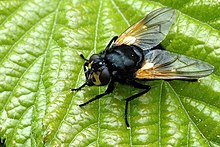
The genus Scathophaga are small to medium sized predatory flies that for the most part, have larvae that feed on other insect larva within animal dung or decaying vegetable matter. Many are highly variable, sometimes producing small, infertile males that superficially resemble females. This species is an example of an organism which may selectively store the sperm of multiple males, as females have three to four spermathecae.
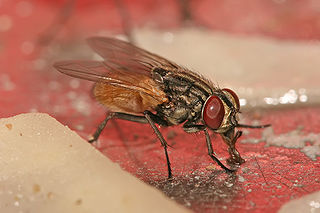
Muscini is a Tribe of flies from the family Muscidae.

Chrysomela is a genus of leaf beetles found almost throughout the world, but not in Australia. It contains around 40 species, including 7 in eastern and northern Europe. It also includes at least 17 species in North America, including the cottonwood leaf beetle Chrysomela scripta.
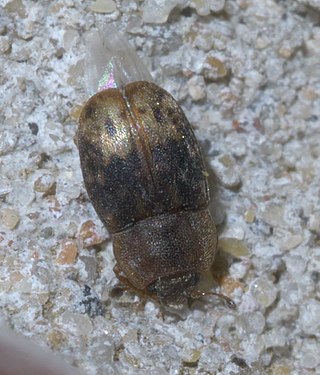
Omosita is a genus of sap beetles, erected by Wilhelm Ferdinand Erichson in 1843.

Mansonia mosquitoes are large black or brown mosquitoes with sparkling on their wings and legs. They breed in ponds and lakes containing certain aquatic plants, especially the floating type like Pistia stratiotes and water hyacinth. The eggs are laid in star-shaped clusters on the undersurface of leaves of these plants. The larvae and pupae are found attached to the rootlets of these plants by their siphons. They obtain their air supply from these rootlets. When preparing to transform into adults, these pupae come to the surface of water and the fully formed adults emerge and escape. The control of Mansonia mosquitoes accomplished by removal or destruction of the aquatic host plants by herbicides.

Thanasimus is a genus of checkered beetles in the family Cleridae. There are about six described species in Thanasimus.
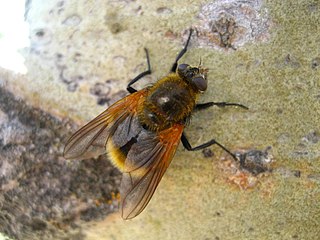
Mesembrina decipiens is a species of house flies, etc. in the family Muscidae. There are two recognised synonyms, Mesembrina putziloi Portschinsky, 1873 and Hyperdermodes solitaria Knab, 1914 per Kutchta & Savage (2008).
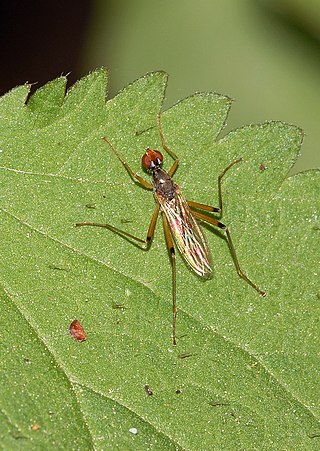
Compsobata is a genus of stilt-legged flies in the family Micropezidae. There are at least 20 described species in Compsobata.
Pseudiastata is a genus of vinegar flies. There are about 11 described species in Pseudiastata.
Lamyra is a genus of robber flies in the family Asilidae. There are at least 30 described species in Lamyra.
Bithoracochaeta is a genus of house flies, in the family Muscidae. There are about 13 described species in Bithoracochaeta.
Brontaea is a genus of house flies, insects in the family Muscidae. There are about five described species in Brontaea.

Aelia is a genus of shield bug belonging to the family Pentatomidae.
Phyllomyza is a genus of freeloader flies in the family Milichiidae. There are at least 30 described species in Phyllomyza.
Rafaelia is a genus of flesh flies. There are about nine described extant species in Rafaelia.

Cladius is a genus of common sawflies in the family Tenthredinidae. There are about 17 described species in Cladius.

Protopiophila is a genus of cheese skippers. There are eleven described species in Protopiophila.

Orthogonis is a genus of robber flies. There are about 14 described species in Orthogonis.
Boettcheria is a genus of flesh flies in the family Sarcophagidae. There are at least 20 described species in Boettcheria.
